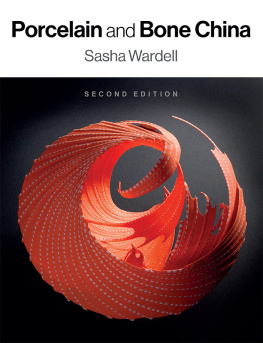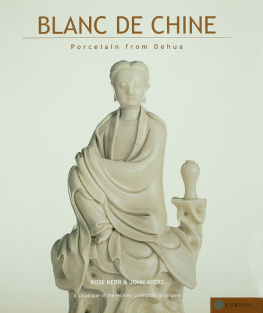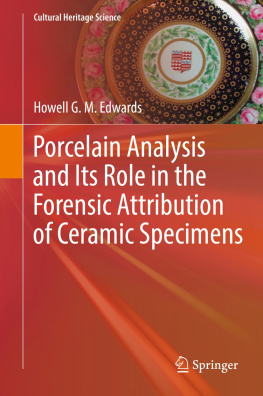Sasha Wardell - Porcelain and Bone China
Here you can read online Sasha Wardell - Porcelain and Bone China full text of the book (entire story) in english for free. Download pdf and epub, get meaning, cover and reviews about this ebook. year: 2020, publisher: Crowood, genre: Home and family. Description of the work, (preface) as well as reviews are available. Best literature library LitArk.com created for fans of good reading and offers a wide selection of genres:
Romance novel
Science fiction
Adventure
Detective
Science
History
Home and family
Prose
Art
Politics
Computer
Non-fiction
Religion
Business
Children
Humor
Choose a favorite category and find really read worthwhile books. Enjoy immersion in the world of imagination, feel the emotions of the characters or learn something new for yourself, make an fascinating discovery.
- Book:Porcelain and Bone China
- Author:
- Publisher:Crowood
- Genre:
- Year:2020
- Rating:3 / 5
- Favourites:Add to favourites
- Your mark:
- 60
- 1
- 2
- 3
- 4
- 5
Porcelain and Bone China: summary, description and annotation
We offer to read an annotation, description, summary or preface (depends on what the author of the book "Porcelain and Bone China" wrote himself). If you haven't found the necessary information about the book — write in the comments, we will try to find it.
Porcelain and Bone China — read online for free the complete book (whole text) full work
Below is the text of the book, divided by pages. System saving the place of the last page read, allows you to conveniently read the book "Porcelain and Bone China" online for free, without having to search again every time where you left off. Put a bookmark, and you can go to the page where you finished reading at any time.
Font size:
Interval:
Bookmark:

Porcelain and Bone China
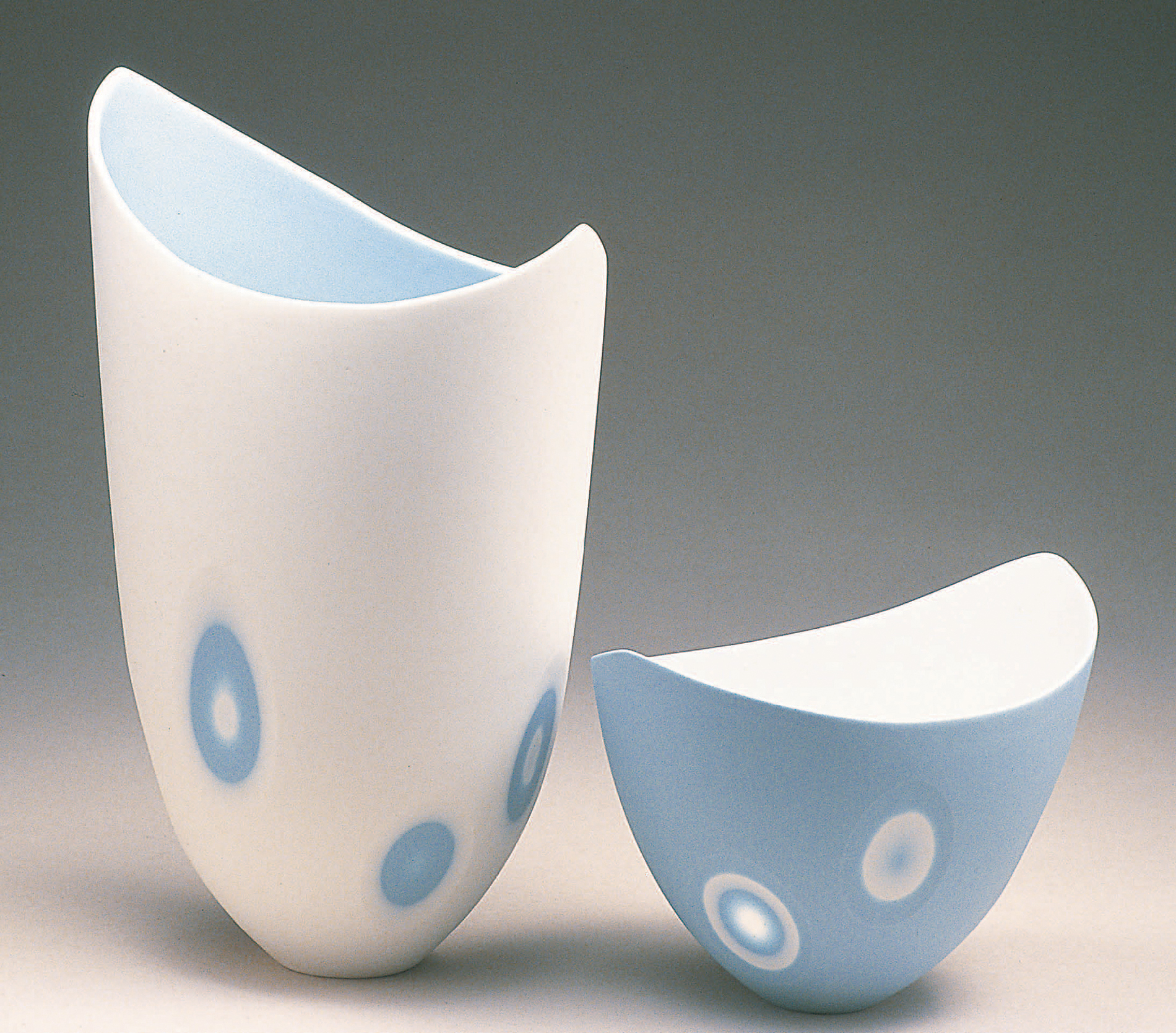
Porcelain and Bone China
Sasha Wardell
SECOND EDITION

First published in 2004 by
The Crowood Press Ltd
Ramsbury, Marlborough
Wiltshire SN8 2HR
www.crowood.com
This e-book first published in 2020
Revised edition 2020
Sasha Wardell 2004 and 2020
All rights reserved. This e-book is copyright material and must not be copied, reproduced, transferred, distributed, leased, licensed or publicly performed or used in any way except as specifically permitted in writing by the publishers, as allowed under the terms and conditions under which it was purchased or as strictly permitted by applicable copyright law. Any unauthorised distribution or use of this text may be a direct infringement of the authors and publishers rights, and those responsible may be liable in law accordingly.
British Library Cataloguing-in-Publication Data
A catalogue record for this book is available from the British Library.
ISBN 978 1 78500 680 7
Acknowledgements
First of all, I would like to thank all the ceramicists who have so readily contributed and whose work features in this book. In particular, I would like to extend further thanks to the following people whose contribution has been invaluable in the sourcing and preparation of this book: Angela Mellor and Sandra Black in Australia; Franois Ruegg and Wolfgang Vegas in Switzerland; Pascale Nobcourt in France; Hubert Kittel and Karin Bablok in Germany; Adrienne Kriel in South Africa; and Sue Pryke, Kathryn Hearn and Tavs Jrgensen in the UK, as well as Keeley Traae at Wedgwood and Nadia Demetriou Ladas at Vessel in London; Hlne Huret, Director of the Bernardaud Foundation, Limoges, France; Michael Eden, ceramicist and curator of the Sans les Mains exhibition at the Bernardaud Foundation; David Slinn, Global Ceramic Materials, Stoke on Trent.
I would also like to mention the assistance offered by the CPA Charitable Trust, the British Museum and the Museum of East Asian Art, Bath, for which I am most grateful. The technical advice given by Alan Ault of Valentines Clay Products and John Liddle from Ceram Research was invaluable, and thanks must also go Mary Clark and Peter Scott for their painstaking proofreading and to Charlie for his computer advice.

This introduction aims to give a brief overview of the history of the origins of porcelain and bone china, particularly with reference to the economic and social developments of the ceramic industry of the UK and continental Europe.
It is not possible to give an exact date for the discovery of porcelain, as its creation was a long, slow evolution that took place over several millennia. China, with its naturally occurring kaolin deposits and already skilled potters, presented the ideal combination for the beginnings of porcelain manufacture.
At that time, the Chinese empire stretched from Mongolia in the north to Vietnam in the south, and its population was subject over time to a wide variety of monarchs and regimes. It is believed that the first porcelain was made during either the Sui (AD 581617) or early Tang (AD 618906) dynasties and was of an appearance which we today would liken to a high-fired white stoneware.
The Liao dynasty (AD 9071125) produced what was termed a porcellanous body, which was close-grained and white with a distinctive creamy glaze, whilst the Song dynasty (AD 11281279) produced some fine, varied and classically simple porcelain wares, which were predominantly flower-inspired. Taking the form of lotus bowls and vases, they were minimally decorated apart from subtle surface carving and pale green celadon glazes.
A melon-shaped ewer has been found in a tomb dated AD 1099. The long spout is typical of the period, while the blue tinge of the piece is indicative of early eleventh-century ware. In the first half of that century such blue was occasionally produced by accident; however, by the late eleventh century, this effect was actively sought.

Blue and white meiping vase decorated in the windswept style. Ming dynasty, second half of the fifteenth century. (Permission of the Museum of East Asian Art, Bath)
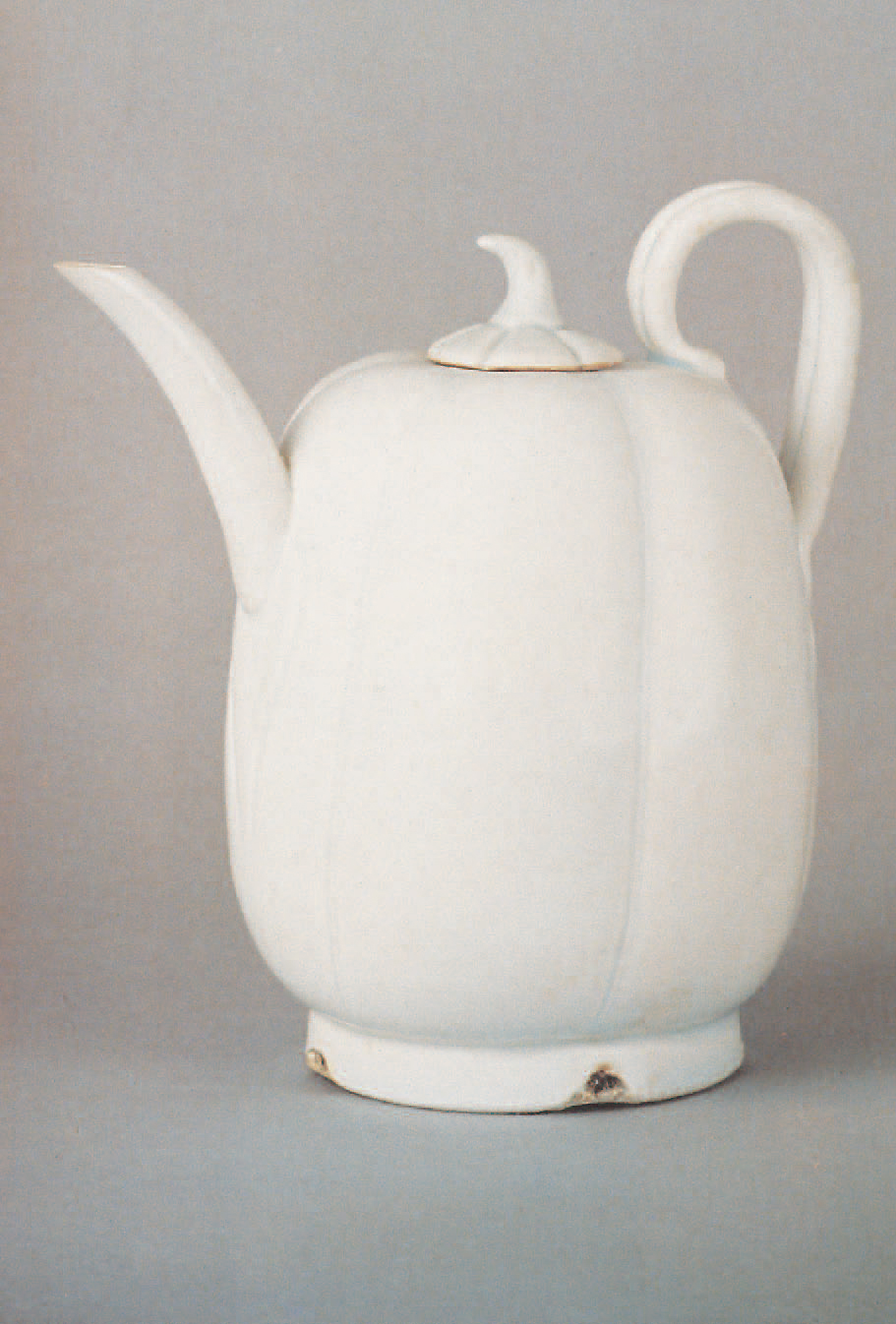
Qingbai melon-shaped ewer.Northern Song dynasty. (Permission of the Museum of East Asian Art, Bath)
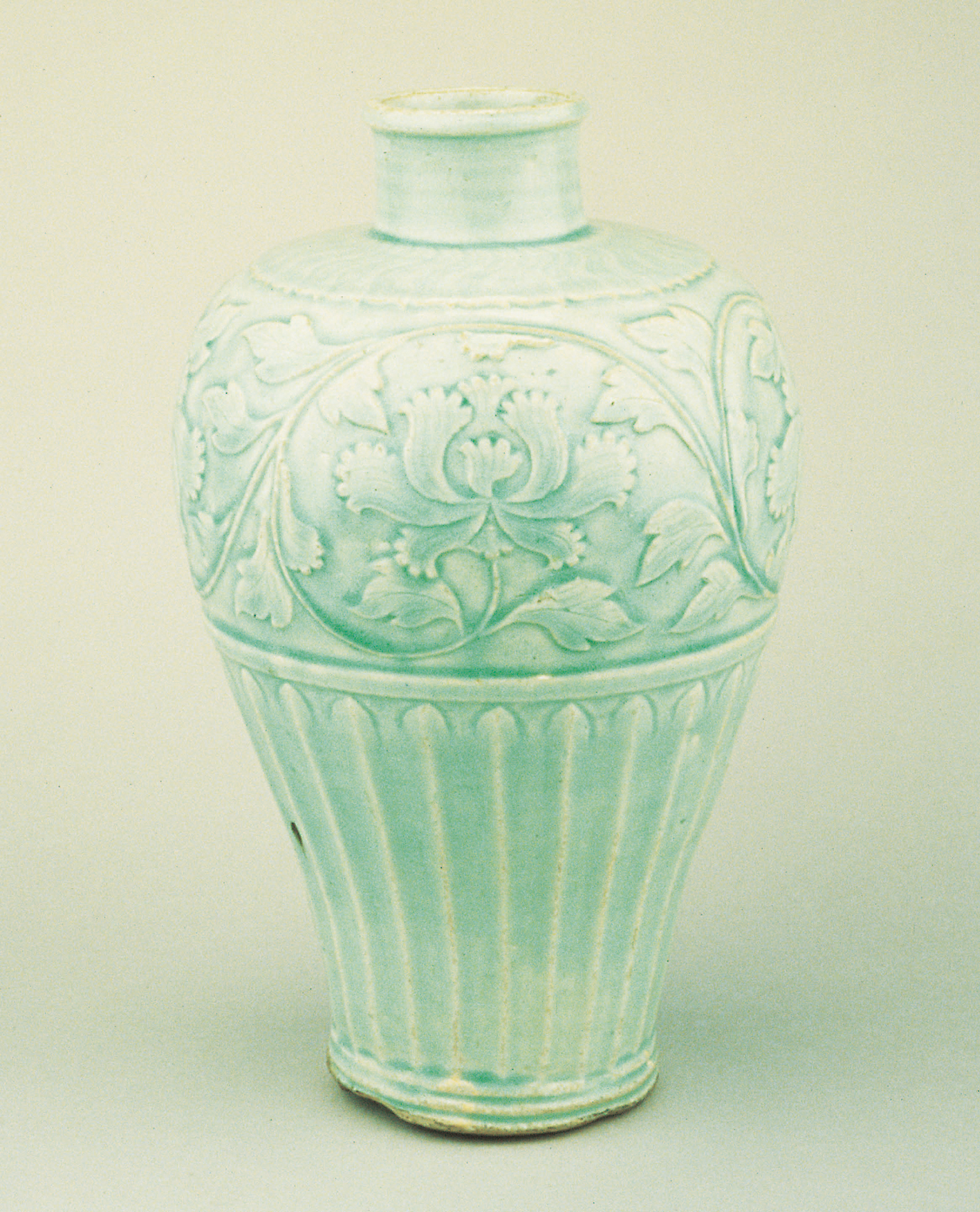
Qingbai meiping vase with carved peonies. Yuan dynasty, late thirteenth century to early fourteenth century. (Permission of the Museum of East Asian Art, Bath)
Following this period, the Mongols came to power and formed the Yuan dynasty (AD 12801368). Porcelain manufacture started to become grander and more complex, due to the improvements in technology and clay composition. However, weak monarchs, disorderly administration and general poverty coupled with natural disasters, such as droughts and floods, all contributed to the decline and collapse of this relatively short-lived dynasty.
The meiping vase shown here has a body decorated with a broad band of carved peony scrolls with incised details delineating the leaves, bordered by overlapping swirling petals on the upper part and tall lotus petals around the lower half. The vase is covered with a glossy bluish Qingbai glaze. The decoration is similar to that found on Longquan celadon wares of the Yuan dynasty. This type of decoration, whilst typical of celadon of the Yuan period, is rarely seen on Qingbai pieces. It has been suggested that it was probably produced at one of the celadon kilns of Zhejiang province rather than in Jingdezhen, a town that was significant in the production of porcelain.
Following the Yuan dynasty, the Ming dynasty (AD 1368 1644) spanned a period of some 300 years of peace and prosperity. Seventeen autocratic emperors ruled over Chinas transformation from an agriculturally based society to a more industrialized one. Profound social changes took place, which led to the development of a cash economy, technical advances, huge growth in cities, the spread of literacy and the industrialization of handicrafts.
It was during the Yuan and Ming dynasties that Jingdezhen became particularly significant in the production of porcelain. This town, in the southern province of Jiangxi, developed as the most important centre for porcelain manufacture due to its geographical position. Being well-situated on a system of inland waterways, and close to raw material deposits, it was an ideal choice for a manufacturing centre, especially as, with dwindling agricultural work, there was also a ready made workforce available for employment. Advances in technology went on to pave the way for more sophisticated and colourful porcelains, moving away from the previously popular celadons.
Font size:
Interval:
Bookmark:
Similar books «Porcelain and Bone China»
Look at similar books to Porcelain and Bone China. We have selected literature similar in name and meaning in the hope of providing readers with more options to find new, interesting, not yet read works.
Discussion, reviews of the book Porcelain and Bone China and just readers' own opinions. Leave your comments, write what you think about the work, its meaning or the main characters. Specify what exactly you liked and what you didn't like, and why you think so.

